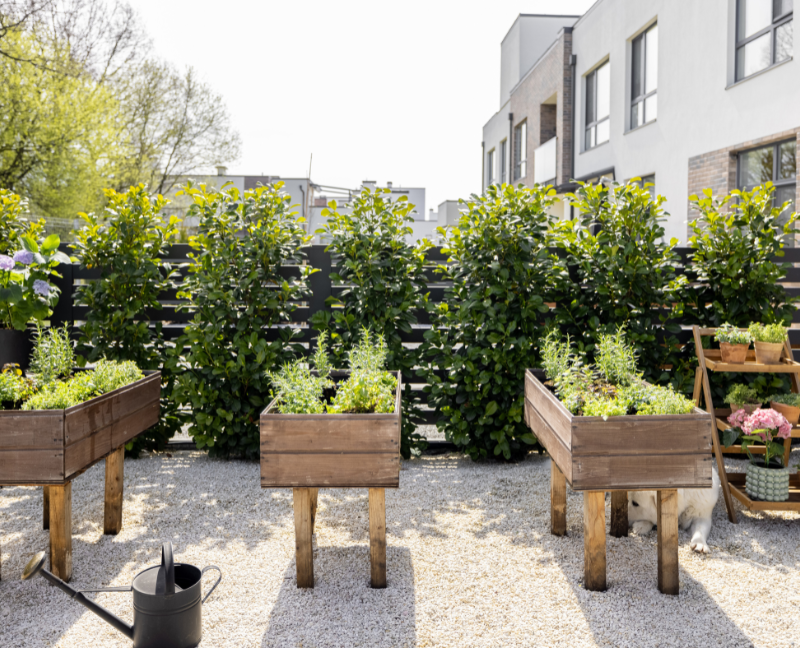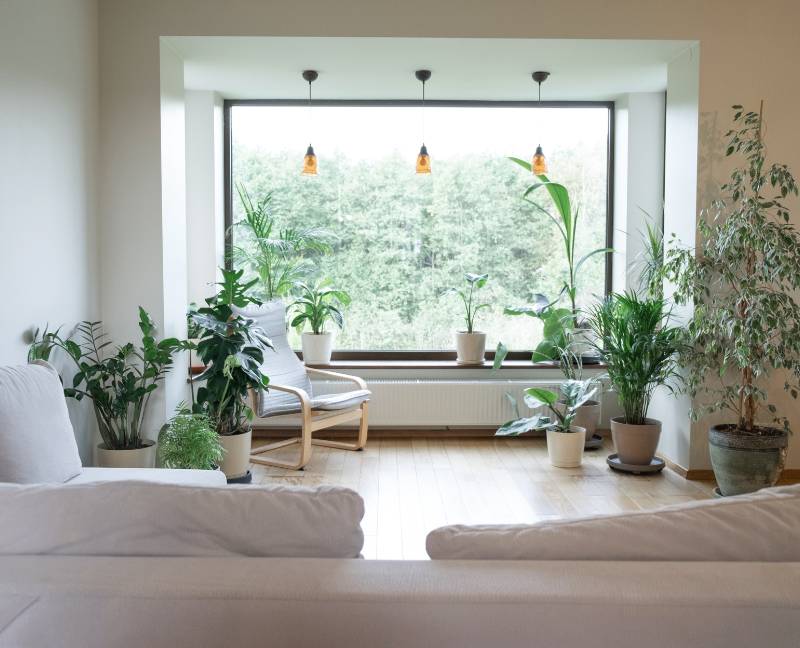Real estate is changing in an era of environmental awareness and sustainable living. The desire for sustainable living drives demand for eco-friendly homes, so the real estate market is booming.
In this post, we will dive into the latest trends in eco-friendly homes and learn how sustainable real estate and creative practices are shaping our future.
The Sustainable Home Practices
1. Design And Technology That Saves Energy
Energy-saving technology and design are among the most popular trends in sustainable home practices. Residential properties outfitted with solar panels, appliances that efficiently use energy, and smart home systems are attracting many purchasers' attention. These aspects lessen the environmental impact and help homeowners save money over the long run.
2. Building With Sustainable Materials
A rise in the utilization of recycled and sustainable materials is now being observed in the construction industry. Eco-friendly homes prefer materials that have a smaller carbon footprint, such as bamboo flooring and repurposed wood. Many people, including homeowners and builders, are beginning to understand the significance of selecting long-lasting, visually beautiful materials responsible for the environment.
3. Practices For Conserving Water
Sustainable real estate is becoming increasingly common in incorporating water conservation systems and landscaping practices to reduce water consumption. Some elements that are becoming increasingly important in environmentally friendly homes are rainwater harvesting systems, low-flow toilets, and drought-resistant landscaping. Not only do these practices help to conserve water, but they also appeal to homebuyers who are committed to protecting the environment.
4. Certifications And Standards With A Sustainable Focus
Consumers interested in purchasing a home increasingly opt for residences certified as environmentally friendly and comply with sustainability criteria. These certificates guarantee that a property satisfies particular criteria regarding the amount of water and energy it uses and its overall environmental impact.

5. Use Of Outdoor Areas And Natural Resources
A growing number of sustainable real estate trends are embracing elements of nature into residential spaces. A residence can look better by adding green roofs, vertical gardens, and large windows that let in natural light. These elements also improve indoor air quality. Living near nature has emotional and physical health benefits, which prospective homeowners are learning about.
6. Sustainable Community Initiatives
Sustainable neighborhoods and communities are gaining popularity in addition to individual residences. Developers are implementing community gardens, public green spaces, and electric vehicle charging stations. To build environmentally aware and integrated communities, this all-encompassing approach to sustainability goes beyond the boundaries of individual residences.
Conclusion
Eco-friendly homes reflect changing homeowner priorities and environmental awareness. Sustainable real estate trends signify a more significant movement toward a greener future. Since demand for eco-friendly homes is rising, the real estate industry will help create a greener planet. Eco-friendly design, green building materials, and community sustainability programs improve homeowners' and the environment's lives.

